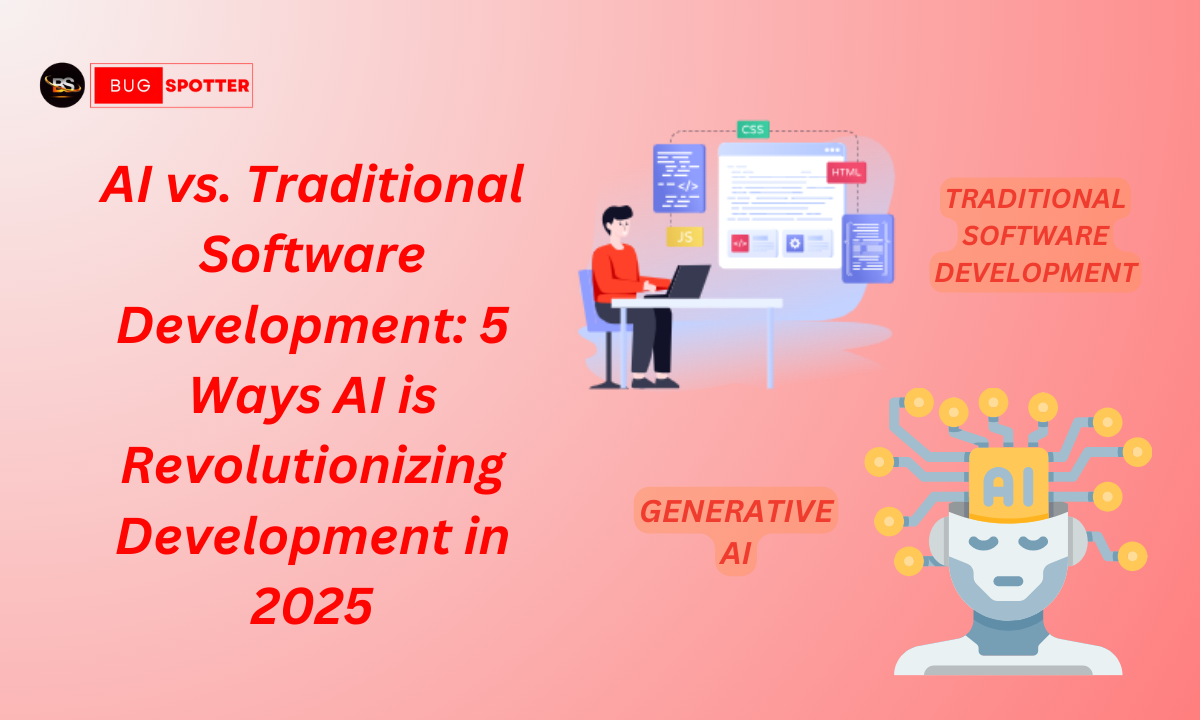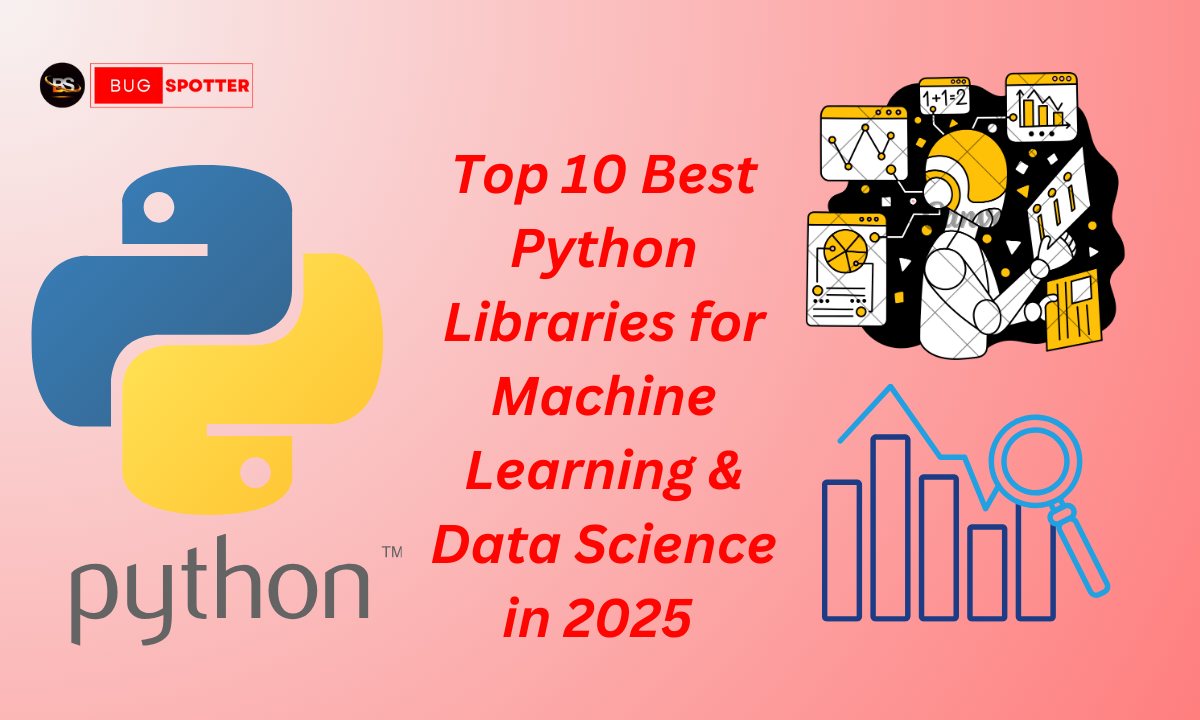What is Anomaly Detection?

Anomaly detection is a technique used in data analysis and machine learning to identify patterns, behaviors, or observations in data that do not conform to expected or normal patterns. It is commonly used across various domains like fraud detection, network security, system health monitoring, and more.
What is Anomaly Detection?
Anomaly detection aims to identify data points that differ significantly from the majority of the dataset. These outliers, or anomalies, could represent important insights like fraud, system failures, or other critical events.
Why Is Anomaly Detection Important?
- Fraud Detection: Identifying abnormal transactions in banking systems or credit card activities.
- Network Security: Detecting irregular access or attacks in a network.
- Health Monitoring: Finding unusual readings in medical devices or patient vitals.
- Quality Control: Identifying defective products in manufacturing.
Types of Anomalies
1. Point Anomalies
- A single data point is considered an anomaly if it differs significantly from the rest of the data points.
- Example: A sudden spike in website traffic might be an anomaly.
2. Contextual Anomalies
- Anomalies that depend on the context of the data, i.e., a data point is considered anomalous only in a particular context.
- Example: A temperature reading of 30°C is normal in summer but anomalous in winter.
3. Collective Anomalies
- A group of related data points that, when considered together, are anomalous.
- Example: A sudden drop in network performance could be an anomaly, but it may require looking at a range of data points over time to confirm.
Techniques for Anomaly Detection
1. Statistical Methods
- Z-Score: Measures how far a data point is from the mean in terms of standard deviations.
- Gaussian Distribution: Assumes data follows a normal distribution and identifies points that fall far from the mean.
2. Machine Learning Methods
- Supervised Learning: Requires labeled data to train models and detect anomalies.
- Unsupervised Learning: Detects anomalies in unlabeled data.
- Semi-Supervised Learning: Uses a small set of labeled data and a large set of unlabeled data to detect anomalies.
Algorithms:
- Isolation Forest: Efficiently isolates anomalies by randomly partitioning data.
- One-Class SVM: Trains a model to recognize the “normal” data and flags anything outside as an anomaly.
- K-Means Clustering: Identifies anomalies by measuring the distance between points and cluster centroids.
- Autoencoders (Deep Learning): Neural networks used to learn compressed representations of normal data, flagging reconstruction errors as anomalies.
3. Proximity-Based Methods
- K-Nearest Neighbors (K-NN): Identifies anomalies based on the distance between a data point and its neighbors.
- DBSCAN (Density-Based Spatial Clustering of Applications with Noise): Identifies anomalies as points that do not belong to any cluster.
4. Rule-Based Methods
- Using predefined rules or thresholds to detect anomalies.
- Example: A rule could be set such that any transaction over $10,000 is flagged as potentially fraudulent.
Applications of Anomaly Detection
| Application Area | Example Use Case | Techniques Used |
| Fraud Detection | Credit card fraud detection | Supervised, Statistical |
| Network Security | Intrusion detection | Unsupervised, Proximity |
| Manufacturing | Fault detection in machines | Statistical, ML Models |
| Healthcare | Early detection of diseases or unusual patterns | Machine Learning |
| Financial Monitoring | Identifying unusual financial transactions | Rule-Based, ML |
1. Fraud Detection
Example Use Case: Credit card fraud detection, insurance fraud.
Description: Anomaly detection is used to flag unusual transactions that deviate from the normal pattern of behavior. For example, a large transaction from an account that has historically made small payments could be flagged as potential fraud.
Techniques Used:
- Supervised learning (using labeled fraud and non-fraud data)
- Unsupervised methods (to identify fraud without labeled data)
2. Network Security
Example Use Case: Intrusion detection systems (IDS), DDoS attack detection.
Description: Anomaly detection helps in identifying potential security breaches or abnormal access patterns in a network. For instance, unusual data traffic or access requests from unfamiliar IP addresses can be flagged as potential intrusions or attacks.
Techniques Used:
- Clustering algorithms (like K-Means, DBSCAN)
- Proximity-based methods (such as K-NN, Isolation Forest)
3. Healthcare Monitoring
Example Use Case: Early disease detection, monitoring patient vitals, medical imaging anomaly detection.
Description: In healthcare, anomaly detection is used to identify abnormal readings from medical devices or patient vitals. It can also be used to flag unusual patterns in medical images (like tumors in scans) or track deviations in long-term health trends.
Techniques Used:
- Machine learning models (autoencoders for time-series data)
- Statistical methods for monitoring vital signs
4. Manufacturing and Quality Control
Example Use Case: Fault detection in machines, detecting product defects in production lines.
Description: Anomaly detection is applied to monitor machinery or production processes. For example, unusual vibrations or temperature readings in machinery can signal impending failure, while deviations in product dimensions or color might indicate defects.
Techniques Used:
- Statistical anomaly detection
- Machine learning (especially supervised and unsupervised learning)
5. Financial Monitoring
Example Use Case: Detection of unusual market activities, identifying money laundering activities.
Description: In the financial sector, anomaly detection algorithms identify unusual activities in trading patterns, transactions, or investment behaviors. For example, a sudden shift in stock market prices may signal market manipulation, while unexpected fund transfers could indicate money laundering.
Techniques Used:
- Rule-based methods (for transaction thresholds)
- Time-series anomaly detection
Challenges in Anomaly Detection
- Data Imbalance: Anomalies are often rare, making it hard for models to learn from a small number of anomalies.
- High Dimensionality: In datasets with many features, detecting anomalies can become computationally expensive and less accurate.
- Contextual Relevance: A method that works for one domain might not be suitable for another due to different contextual rules.
- Noise in Data: Some data may not contain clear-cut anomalies and could introduce noise that affects detection accuracy.
Best Practices for Anomaly Detection
- Preprocessing Data: Clean the data by handling missing values, outliers, and noise.
- Feature Engineering: Select the most relevant features that highlight anomalies.
- Model Selection: Choose the right anomaly detection method based on the type of data (labeled or unlabeled) and the application.
- Evaluation Metrics: Use metrics like precision, recall, and F1-score to evaluate the performance of anomaly detection models.
Frequently Asked Questions
Q1: What are the most common algorithms used in anomaly detection?
- Common algorithms include Isolation Forest, One-Class SVM, K-Means, and Autoencoders.
Q2: How do I know which anomaly detection technique to use?
- The choice depends on the type of data (labeled or unlabeled), computational resources, and the context of the application. For large datasets, methods like Isolation Forest or autoencoders work well.
Q3: Can anomaly detection be used for predictive maintenance?
- Yes, anomaly detection can identify unusual behavior in machines or systems, allowing early detection of potential failures.
Q4: What is the difference between supervised and unsupervised anomaly detection?
- Supervised anomaly detection uses labeled data to train the model, while unsupervised anomaly detection works with unlabeled data and detects anomalies without prior knowledge of normal behavior.
Q5: Is anomaly detection always accurate?
- Anomaly detection models may not always be 100% accurate, especially when there is noise or limited labeled data. However, with careful tuning, they can provide valuable insights.
Latest Posts
- All Posts
- Software Testing
- Uncategorized





Categories
- Artificial Intelligence (5)
- Best IT Training Institute Pune (9)
- Cloud (2)
- Data Analyst (55)
- Data Analyst Pro (15)
- data engineer (18)
- Data Science (104)
- Data Science Pro (20)
- Data Science Questions (6)
- Digital Marketing (4)
- Full Stack Development (7)
- Hiring News (41)
- HR (3)
- Jobs (3)
- News (1)
- Placements (2)
- SAM (4)
- Software Testing (70)
- Software Testing Pro (8)
- Uncategorized (33)
- Update (33)
Tags
- Artificial Intelligence (5)
- Best IT Training Institute Pune (9)
- Cloud (2)
- Data Analyst (55)
- Data Analyst Pro (15)
- data engineer (18)
- Data Science (104)
- Data Science Pro (20)
- Data Science Questions (6)
- Digital Marketing (4)
- Full Stack Development (7)
- Hiring News (41)
- HR (3)
- Jobs (3)
- News (1)
- Placements (2)
- SAM (4)
- Software Testing (70)
- Software Testing Pro (8)
- Uncategorized (33)
- Update (33)





